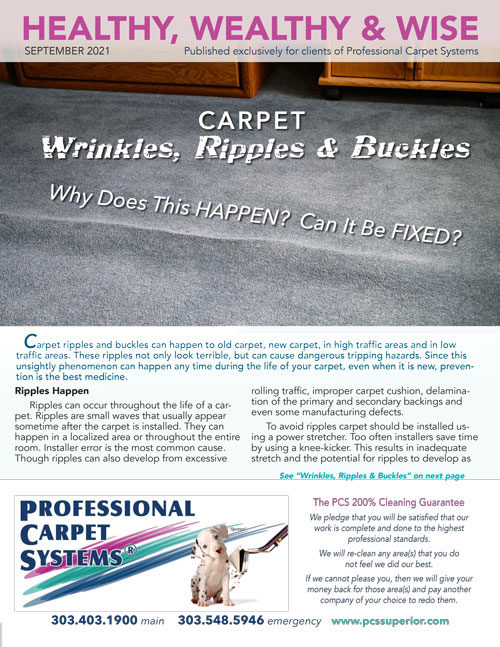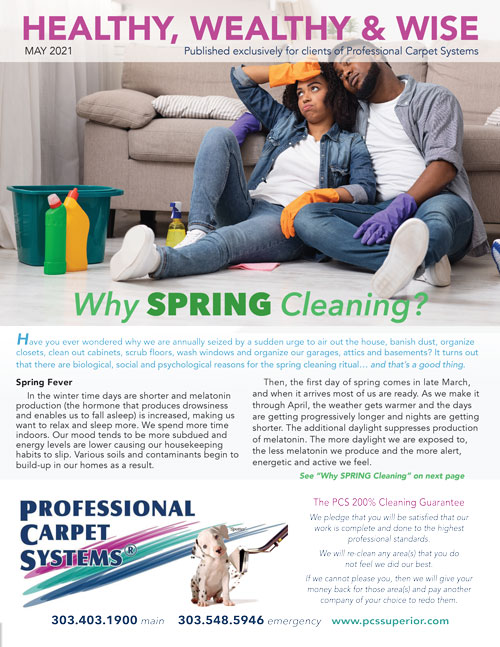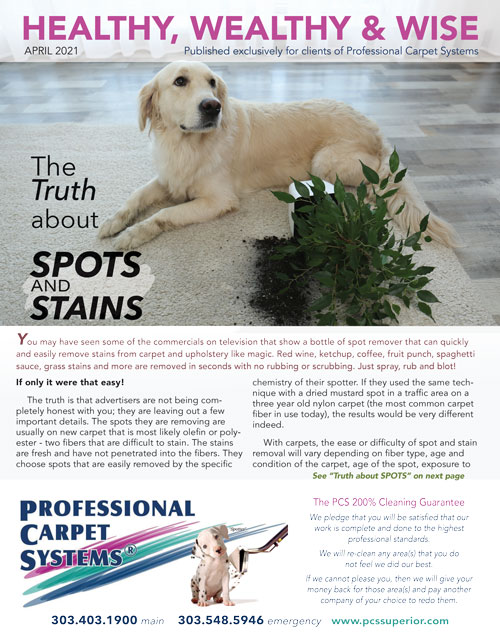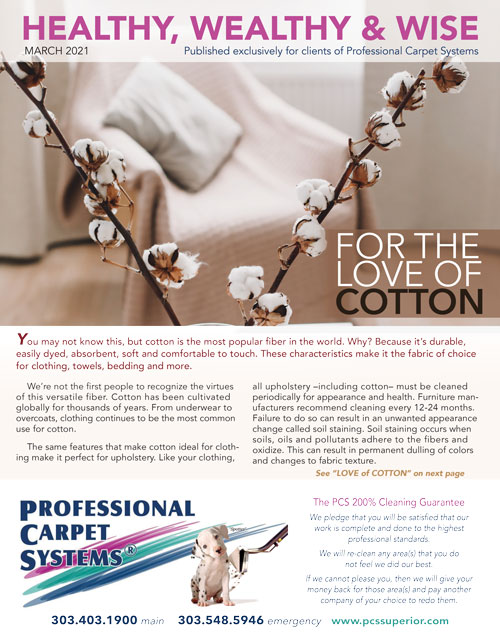Here’s our September 2021 Client Newsletter
Click Here to See the Full Newsletter
Carpet Wrinkles, Ripples, and Buckles
Why does this happen? And can it be fixed?
Carpet ripples and buckles can happen to old carpet, new carpet, in high traffic areas and in low traffic areas. These ripples not only look terrible, but can cause dangerous tripping hazards. Since this unsightly phenomenon can happen any time during the life of your carpet, even when it is new, prevention is the best medicine.
Ripples Happen
Ripples can occur throughout the life of a carpet. Ripples are small waves that usually appear sometime after the carpet is installed. They can happen in a localized area or throughout the entire room. Installer error is the most common cause. Though ripples can also develop from excessive rolling traffic, improper carpet cushion, delamination of the primary and secondary backings and even some manufacturing defects. To avoid ripples carpet should be installed using a power stretcher. Too often installers save time by using a knee-kicker. This results in inadequate stretch and the potential for ripples to develop as the carpet relaxes. Ripples also occur to carpet that is not properly acclimated to the environment prior to installation, especially if the carpet is installed in cold weather. A carpet needs to acclimate to normal room temperature and humidity for at least 48 hours before installation.
Wrinkles are Born
Wrinkles are usually seen in new carpet immediately after installation. Carpet wrinkles are areas where the carpet has been folded or crushed during storage. Wrinkles not only affect the surface yarns, they go all the way through the carpet backings and may be permanent. It is best if this condition is identified before the carpet is installed. If possible the wrinkled portion of the carpet roll should not be used. Wrinkles may be improved by steaming and grooming the carpet, but the results will vary based on the type of carpet yarn, backing, and the severity of the wrinkles.
Cleaning and Repair of Wrinkled and Rippled Carpet
Occasionally, carpet will develop ripples immediately after cleaning. This can be quite disturbing to both the homeowner and the cleaner. The cause is moisture absorption into the adhesive layer between the primary and secondary backings of the carpet. Even though the ripples appear after cleaning, the root cause is improper stretch of the carpet during installation. Usually once the carpet dries completely and acclimates to the normal temperature and humidity of the home the carpet will lie flat again. This can take up to 48 hours, though in rare cases the ripples may persist.
The only way to fix rippled carpet is to re-stretch the carpet. Re-stretching requires training, skill and patience. It is more difficult to re-stretch a carpet than it is to stretch it right the first time. If ripples are ignored for too long, the carpet will develop buckles. Buckles are large ripples that form breaks and/or wrinkles through the face yarns and carpet backing. If buckles are not corrected permanent damage to the texture and structure of the carpet results. Even if the carpet is re-stretched the damage from buckles may still be apparent.
So what should you do if your carpet develops ripples? If the carpet is still under warranty, it’s best to contact the installer and the retailer where you purchased the carpet. If you don’t get any help there the manufacturer would be the next logical step. You may have to be persistent and patient to get results, so keep track of names, dates, and times of all calls or e-mails. If your carpet is out of warranty and has ripples or buckles, steaming and grooming the pile yarns may help minimize the appearance of the damage.
Contact Professional Carpet Systems today for more tips, help or to schedule an appointment.









